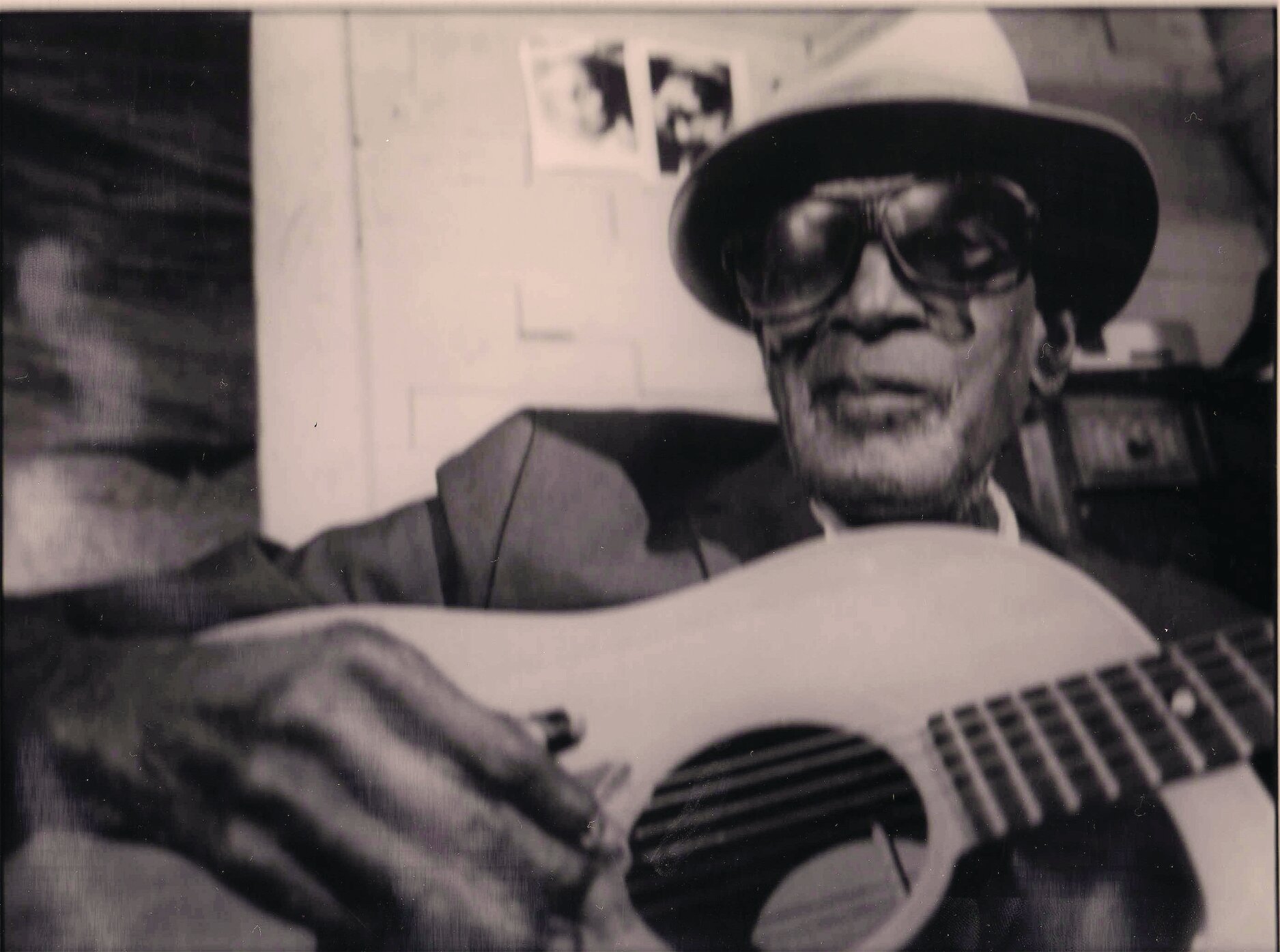Early Life and Background
Born John Adam Estes on January 25, 1899, in Ripley, Tennessee, Sleepy John Estes emerged as one of the most expressive and heartfelt voices in country blues. His nickname “Sleepy” came from a distinctive drooping eye, the result of a childhood injury, which gave him a perpetually drowsy appearance. Despite this, his music was anything but sluggish—his songs brimmed with emotion, storytelling, and the unmistakable rhythms of the South.
Estes grew up in a musical household, and by the time he was a teenager, he was already playing guitar and singing at local parties and on street corners. The influence of African American spirituals, work songs, and rural blues traditions shaped his unique style from an early age.
Musical Style and Collaborations
Sleepy John Estes developed a deeply personal style of blues that combined plaintive vocals with simple but effective guitar accompaniment. His voice, marked by a haunting, nasal timbre, became his signature—a raw and authentic vehicle for tales of sorrow, hardship, love, and everyday life in the rural South.
In the 1920s and 1930s, Estes began recording and performing with notable blues musicians, including harmonica player Hammie Nixon, with whom he had a lifelong musical partnership, and guitarist Yank Rachell, a master of the mandolin. Together, they recorded songs that would become blues staples, such as “Divin’ Duck Blues”, “Someday Baby Blues”, and “Drop Down Mama.”
Estes’s songs were often inspired by real people and events in his hometown of Brownsville, Tennessee. His storytelling ability gave his lyrics a documentary-like quality, chronicling the lives of ordinary folks with an honest and compassionate eye.
Career Highlights and Rediscovery
Throughout the 1930s, Sleepy John Estes recorded for labels such as Victor and Decca, gaining a modest following in the growing blues scene. However, as the 1940s progressed, changing musical tastes and personal health problems caused Estes to slip into obscurity. He eventually went blind, and for many years, he lived in poverty and faded from public attention.
His fortunes changed in the early 1960s during the American folk and blues revival. Musicologists and blues enthusiasts, such as Bob Koester of Delmark Records, sought out Estes and found him still living in Brownsville. Remarkably, his voice had lost none of its emotive power, and his guitar playing remained as touching and evocative as ever.
Estes was reintroduced to audiences in the U.S. and abroad. He recorded new albums, such as “The Legend of Sleepy John Estes” (1962), and toured internationally, performing at major festivals and venues. His appearances in Europe and at American folk festivals brought him to a whole new generation of blues fans.
Legacy and Death
Sleepy John Estes passed away on June 5, 1977, in Brownsville, Tennessee, but his legacy lives on. He was posthumously inducted into the Blues Hall of Fame in 1991, a testament to his enduring impact on American music. His songs have been covered by artists ranging from The Beatles (who performed “Milk Cow Blues”) to modern bluesmen who credit him as a major influence.
More than just a bluesman, Sleepy John Estes was a poet of the common man, painting vivid musical portraits of his community and his times. His body of work stands as a vital link in the history of country blues—a genre deeply rooted in lived experience, pain, perseverance, and unshakable spirit.
Conclusion
Sleepy John Estes’s life and music offer a compelling glimpse into the soul of early American blues. Through his voice, guitar, and storytelling, he captured a world of emotion that continues to move listeners today. Whether you’re a longtime blues aficionado or just beginning to explore the genre, the music of Sleepy John Estes is an essential stop on the journey through the rich tapestry of the blues.


No responses yet